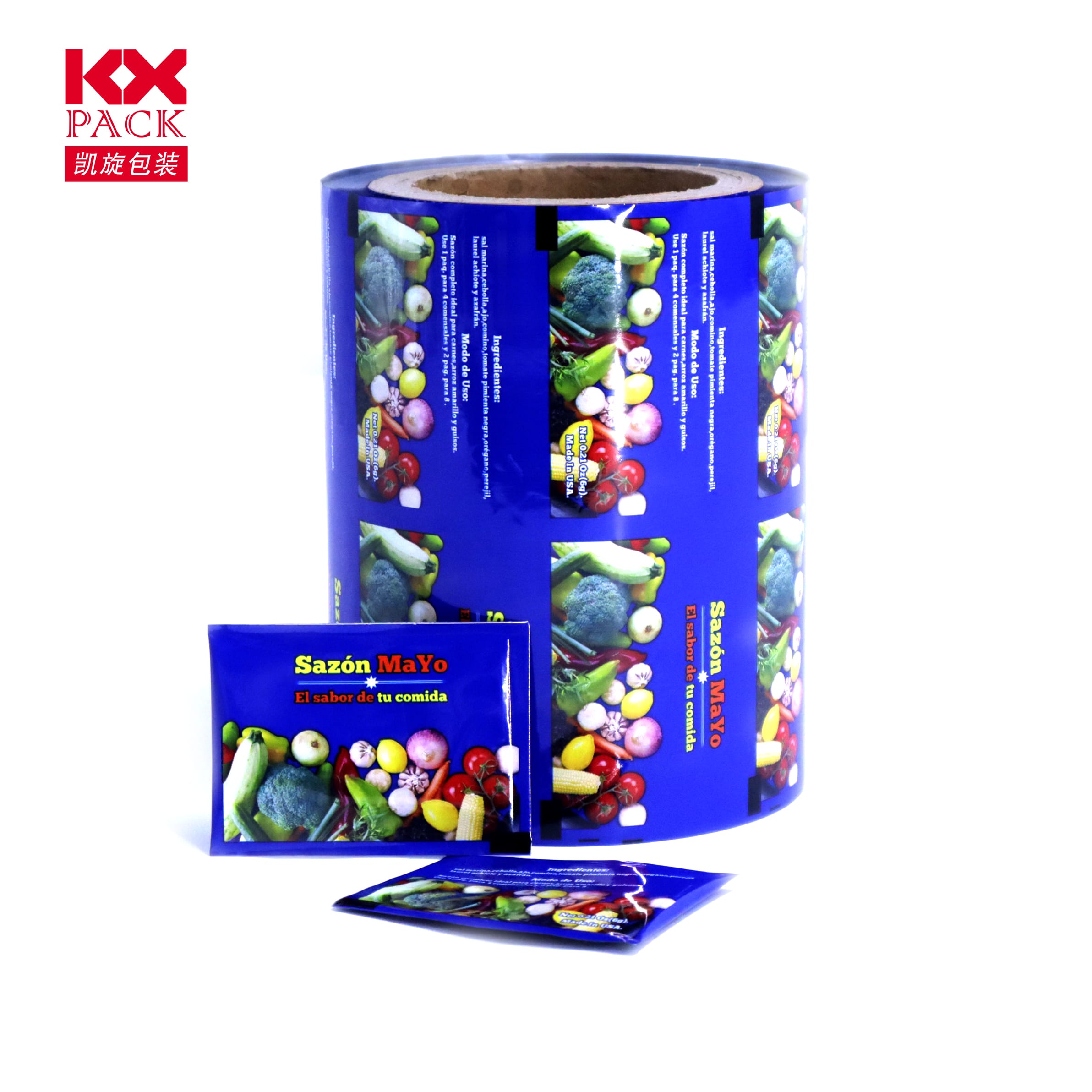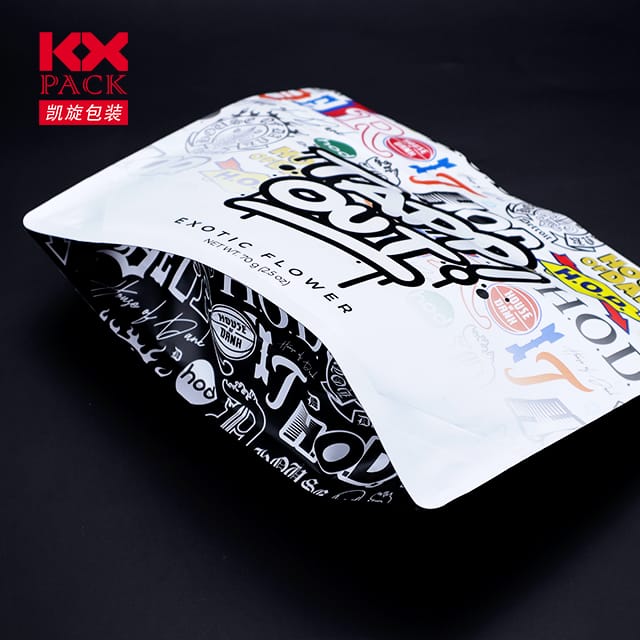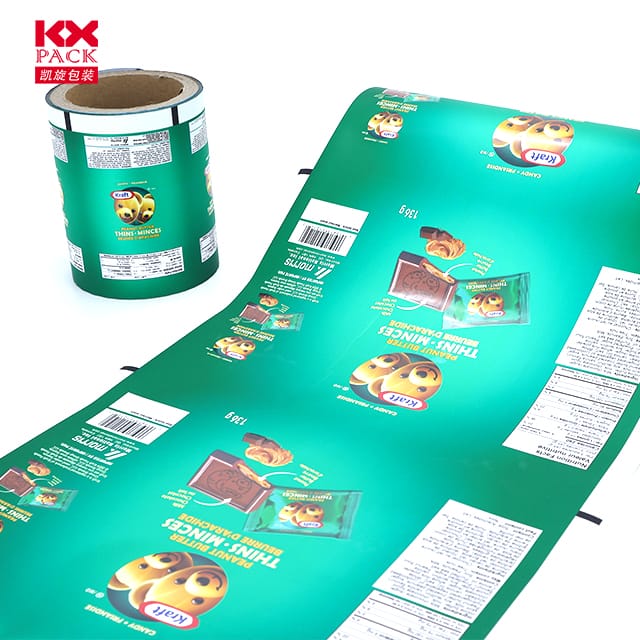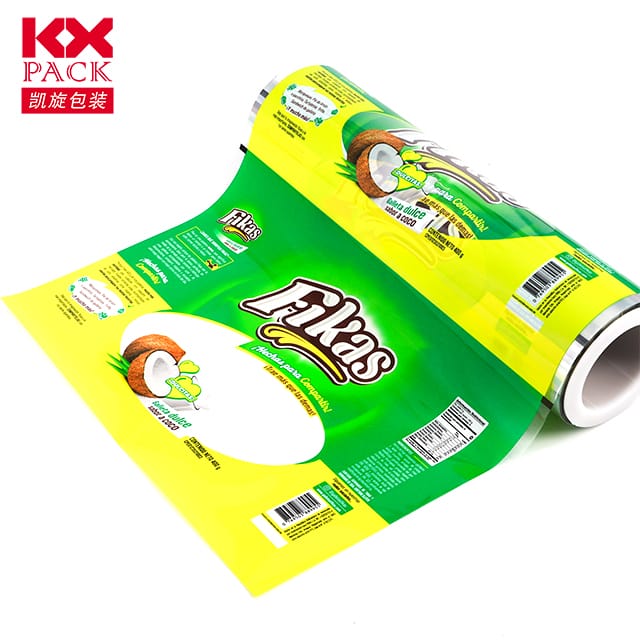Flexible Plastic Film Packaging: The Future of Smart, پائیدار, and Versatile Packaging
Flexible Plastic Film Packaging
In a world where convenience, استحکام, and brand differentiation are paramount, flexible plastic film packaging has emerged as a revolutionary solution. From food and pharmaceuticals to electronics and e-commerce, یہ ہلکا پھلکا, adaptable material is reshaping how products are protected, پیش کیا, and consumed. Let’s dive into why flexible plastic films are dominating the packaging industry—and how they’re evolving to meet tomorrow’s challenges.
Why Flexible Plastic Film Packaging? The Core Advantages
1. Unmatched Versatility
Flexible plastic films—such asBOPP (biaxially اورینٹڈ پولی پروپلین), پی ای ٹی (پولی تھیلین ٹیرفتھلیٹ), and PE (پولی تھیلین)—can be engineered to meet diverse needs:
- Barrier Protection: Multi-layer films block oxygen, نمی, and UV light, extending shelf life by up to 50% for perishables like snacks and coffee.
- Formability: Thermoformable films mold precisely around products, reducing material waste compared to rigid packaging.
- شفافیت & پرنٹیبلٹی: Clear films showcase products, while high-definition printing options (جیسے, flexography, digital, or gravure) enable vibrant branding without labels.
2. Sustainability in Focus
عالمی Flexible Plastic Film Packaging market, valued at $341.6 ارب کے ذریعہ 2028, is driven by eco-conscious innovations:
- Recyclable Films: Mono-material structures (جیسے, all-PE pouches) are easier to recycle than traditional multi-layer laminates.
- Biodegradable Options: فلمیں بنی ہیں pla (Polylactic Acid) یا پی ایچ اے (Polyhydroxyalkanoates) decompose within 6–18 months under industrial composting.
- Lightweighting: Flexible films use 70% less plastic than rigid alternatives, cutting transportation emissions and material costs.
3. لاگت کی کارکردگی & اسکیل ایبلٹی
- Production Speed: High-speed flexographic printing (تک 1,500 feet per minute) makes flexible films ideal for mass-market brands.
- Reduced Storage Costs: Rolls of film occupy 80% less space than pre-formed containers, optimizing warehouse efficiency.
- On-Demand Customization: Digital printing enables small-batch runs with zero setup costs, perfect for niche products or seasonal campaigns.
صنعتوں میں کلیدی ایپلی کیشنز
1. کھانا & مشروبات
- اسٹینڈ اپ پاؤچز: Replacing cans and jars for soups, گری دار میوے, and pet food, these pouches use 60% کم مواد and feature resealable zippers.
- ترمیم شدہ ماحول پیکیجنگ (نقشہ): Films with oxygen scavengers preserve freshness for meats and produce.
- Retort Pouches: Sterilizable films withstand high temperatures, ensuring safety for ready-to-eat meals.
2. دواسازی & صحت کی دیکھ بھال
- Child-Resistant Pouches: Flexible Plastic Film Packaging with tamper-evident seals meet safety regulations for medications.
- Cold-Form Blister Packs: Aluminum-laminated films protect light-sensitive drugs from degradation.
3. E-Commerce & رسد
- Air Cushion Films: Inflatable plastic films replace Styrofoam peanuts, reducing shipping damage by 90%.
- Anti-Static Films: Safeguard electronics from electrostatic discharge during transit.
Technological Innovations Driving the Market
1. Smart Packaging Integration
- NFC Tags & QR Codes: Embedded in films, these enable consumers to scan for product authenticity, recycling instructions, or promotional content.
- وقت کے درجہ حرارت کے اشارے (والد): Color-changing labels on perishable goods alert retailers to spoilage risks.
2. Advanced Manufacturing Techniques
- Nano-Coatings: Ultra-thin layers enhance barrier properties without adding weight.
- Laser Scoring: Precision cuts allow easy opening while maintaining package integrity during shipping.
3. سرکلر معیشت کے حل
- کیمیائی ری سائیکلنگ: Breaks down mixed plastics into reusable monomers, enabling infinite recycling loops.
- Upcycling Initiatives: کمپنیاں پسند کرتی ہیں Dow اور Amcor are converting post-consumer films into new Flexible Plastic Film Packaging materials.
چیلنجز & Future Trends
1. Recycling Infrastructure Gaps
Only14% of flexible packaging is recycled globally, largely due to contamination and lack of collection systems. Solutions include:
- Standardized Labeling: Clear recycling instructions to educate consumers.
- Deposit Return Schemes (DRS): Incentivizing returns of used films.
2. Regulatory Pressures
Governments are imposing stricter rules on single-use plastics. مثال کے طور پر, theEU کا واحد استعمال پلاسٹک ہدایت bans non-recyclable films by 2030.
3. The Rise of Bio-Based Alternatives
By 2030,30% of flexible films are expected to be plant-derived, reducing reliance on fossil fuels.
نتیجہ: Flexibility Is the Future
Flexible plastic film packaging isn’t just a trend—it’s a strategic imperative for brands aiming to balance performance, استحکام, and cost. As innovations likesmart sensors, compostable materials, and closed-loop recycling gain traction, the possibilities are endless.
کاروبار کے لئے: Embrace flexibility by partnering with suppliers who prioritize circular design and transparent sustainability reporting.
For consumers: Look for brands using recyclable or compostable films, and recycle properly to close the loop.
The packaging revolution is here—and it’s flexible. 🌱✨
What’s your favorite example of innovative flexible packaging? Share your thoughts below!







